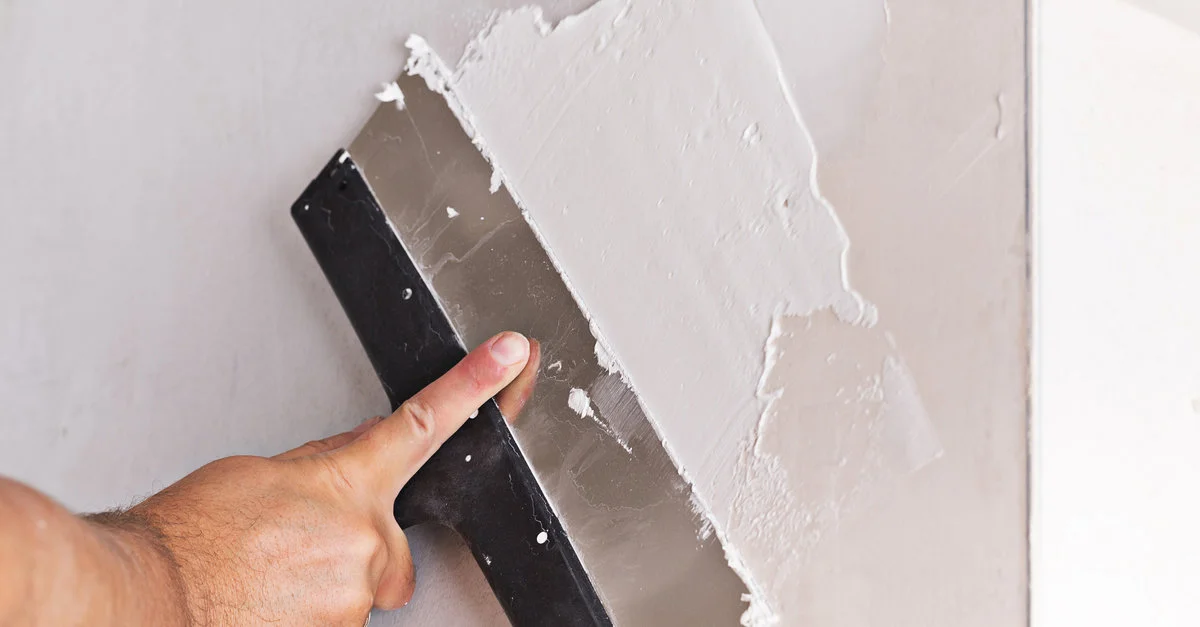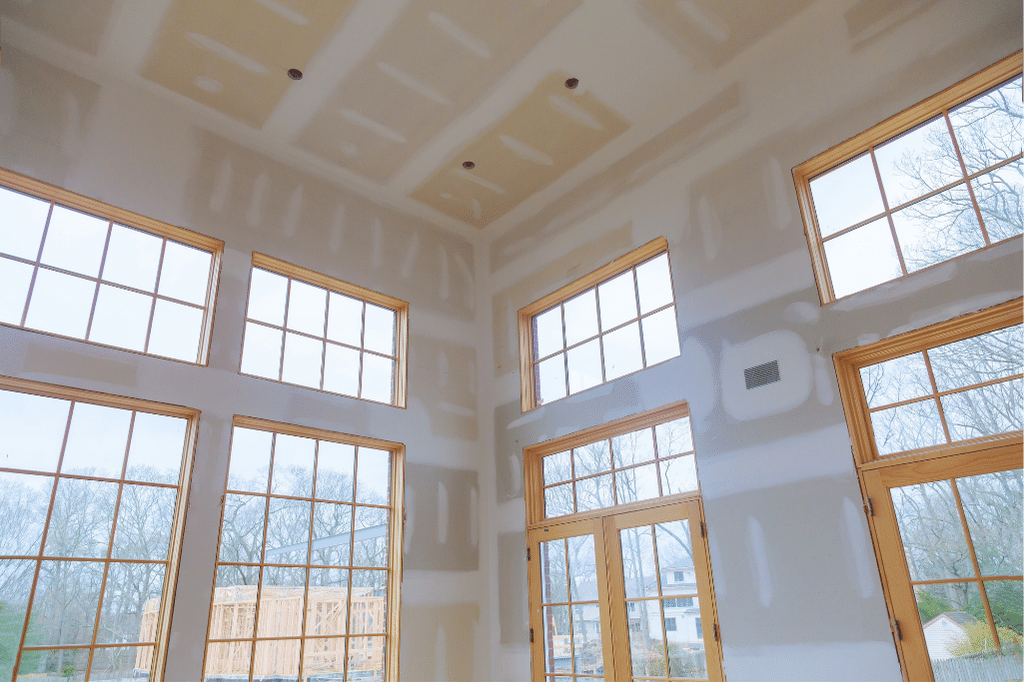Specialist Sheetrock Repair Fort Worth for Quick Fixes
Specialist Sheetrock Repair Fort Worth for Quick Fixes
Blog Article
Drywall Installation Made Easy: Tips for Perfect Outcomes
Drywall installment is usually regarded as an overwhelming job, yet with the ideal technique and understanding, it can become a manageable undertaking. Picking high quality products and preparing the setup area are crucial initial actions that set the foundation for success. Understanding methods for cutting, hanging, and ending up drywall can substantially impact the end result. As we check out these important pointers, you may find that also the smallest changes in your method can lead to extremely improved outcomes, leaving you to consider just how these methods can change your next task.
Picking the Right Materials
Choosing the ideal materials for drywall setup is crucial to accomplishing a sturdy and aesthetically pleasing surface. drywall installation. The key part, drywall sheets, usually can be found in various thicknesses, with 1/2-inch sheets being common for indoor walls. For areas needing added moisture resistance, such as shower rooms or cooking areas, think about utilizing environment-friendly board or concrete board, which are particularly designed to endure humidity

In addition, picking the ideal bolts-- either screws or nails-- is vital for protecting the drywall to the framing. Drywall screws are typically favored for their holding power and reduced threat of standing out. Think about the finishing touches such as primer and paint, which not only boost the appearance but additionally shield the drywall from wetness and wear.
Preparing the Installation Location
Prior to beginning the drywall installation procedure, it is necessary to prepare the installation location completely. This preparation entails a number of vital steps to make certain a successful and smooth task. Clear the area of any kind of furniture, appliances, or blockages that could impede access. A tidy workspace minimizes the threat of damage to existing products and permits efficient activity during installment.
Following, evaluate the walls and ceiling for any kind of imperfections, such as fractures, openings, or mold. Address these problems ahead of time; spot any type of problems and permit sufficient time for repair services to completely dry. Additionally, make sure that electric outlets, switches, and plumbing are appropriately placed and accounted for, as this will affect drywall positioning.
Take into consideration the ecological problems. A secure temperature level and moisture degree are crucial for optimum attachment and efficiency of the drywall products. If needed, make use of a dehumidifier or heater to create suitable problems.
Trimming and Hanging Drywall
The secret to effective drywall setup lies in the precise cutting and hanging of the panels. Begin by gauging the room properly, considering any type of obstructions such as electrical outlets or home windows. Make use of a straight side and an utility knife to rack up the drywall along your dimensions, then snap it along the racked up line for a tidy break. For more intricate cuts, such as around electrical outlets, a drywall saw can be made use of for accuracy.

Constantly function from the top down and delegated right, ensuring that you preserve a staggered pattern to boost stability. Appropriately hanging the drywall establishes the foundation for a smooth coating, ultimately causing click now superior cause your drywall task.
Insulation and Mudding Methods
While correct cutting and dangling of drywall sets the stage, the following crucial step entails mastering taping and mudding methods to make sure a smooth finish. Taping is necessary for reinforcing joints and avoiding fractures; it entails installing tape into the applied joint compound (mud) Begin with a top quality fiberglass or paper tape, using the tape over the joint and pressing it into the wet mud utilizing a taping knife, making sure no air bubbles continue to be.
Once the tape is in place, apply a thin layer of joint compound over the tape, feathering the sides to produce a smooth change to the drywall surface area. Permit this layer to completely dry entirely prior to sanding it gently to remove click resources imperfections. Repeat this process, applying additional coats of mud as required-- usually a couple of coats-- while slowly broadening the application area with each layer to accomplish a seamless look.
After the final coat dries out, sand the surface area official source with a fine-grit sandpaper till smooth. drywall contractor. Remember to wear a mask throughout fining sand to stay clear of breathing in dirt bits. Grasping these taping and mudding techniques is crucial for achieving a professional-quality finish in your drywall installment
Completing Touches for Perfection
Achieving a remarkable drywall installment exceeds taping and mudding; it culminates in the finishing touches that boost the general appearance. These final actions are critical in making sure a professional-grade surface that enhances the aesthetics of your room.
Begin by sanding the dried out joint compound to develop a smooth surface. drywall repair. After fining sand, wipe down the wall surfaces with a damp towel to remove any kind of dust fragments, ensuring a tidy surface area for painting.
Following, apply a primer especially developed for drywall. This action is important, as it aids seal the joint compound and gives an uniform base for the overcoat. As soon as the primer dries out, evaluate for any blemishes, and touch up as needed.
Verdict
To conclude, successful drywall installment hinges on the careful choice of products, comprehensive prep work of the installation area, and exact implementation of cutting and hanging methods. Proficiency of taping and mudding procedures is essential for accomplishing a smooth coating. In addition, attention to finishing touches, including priming and touch-ups, makes sure a professional-grade outcome. By sticking to these guidelines, the quality of craftsmanship can be substantially boosted, adding to the total aesthetic and functionality of the space.
Drywall installment is usually regarded as a daunting task, yet with the right approach and expertise, it can come to be a convenient undertaking.Choosing the proper materials for drywall installation is essential to achieving a durable and cosmetically pleasing coating.Before beginning the drywall installation procedure, it is necessary to prepare the setup area thoroughly. Understanding these taping and mudding strategies is vital for accomplishing a professional-quality finish in your drywall installment.
In final thought, successful drywall installment pivots on the careful selection of products, extensive preparation of the installment area, and precise implementation of cutting and hanging techniques.
Report this page